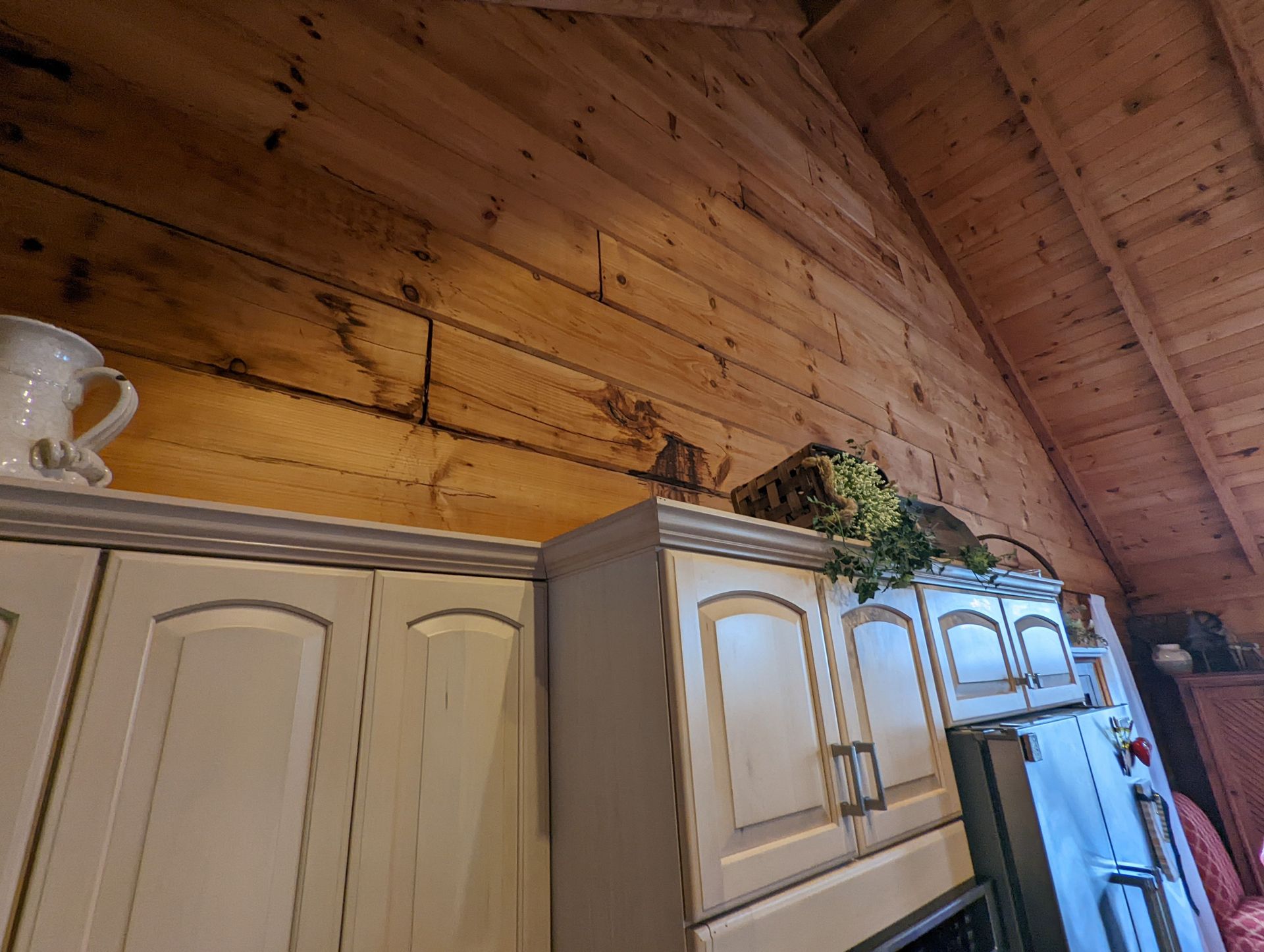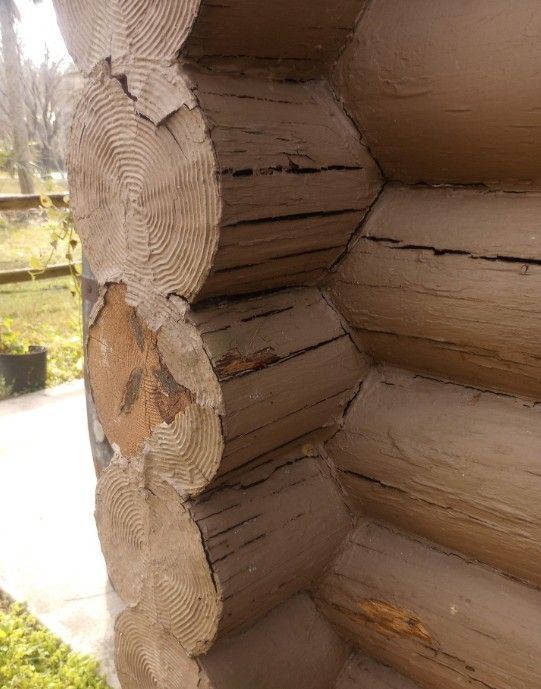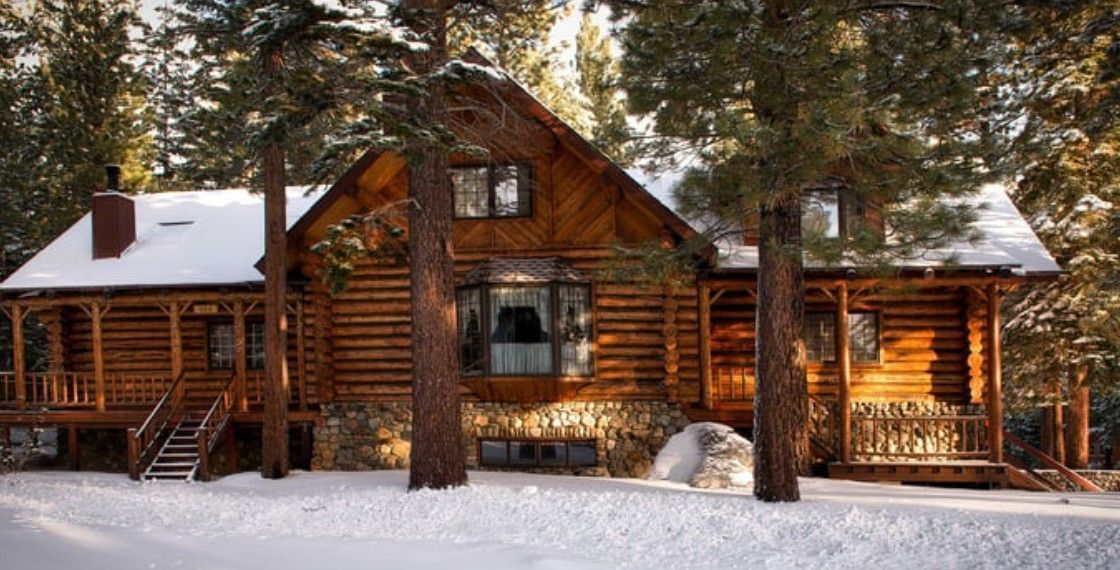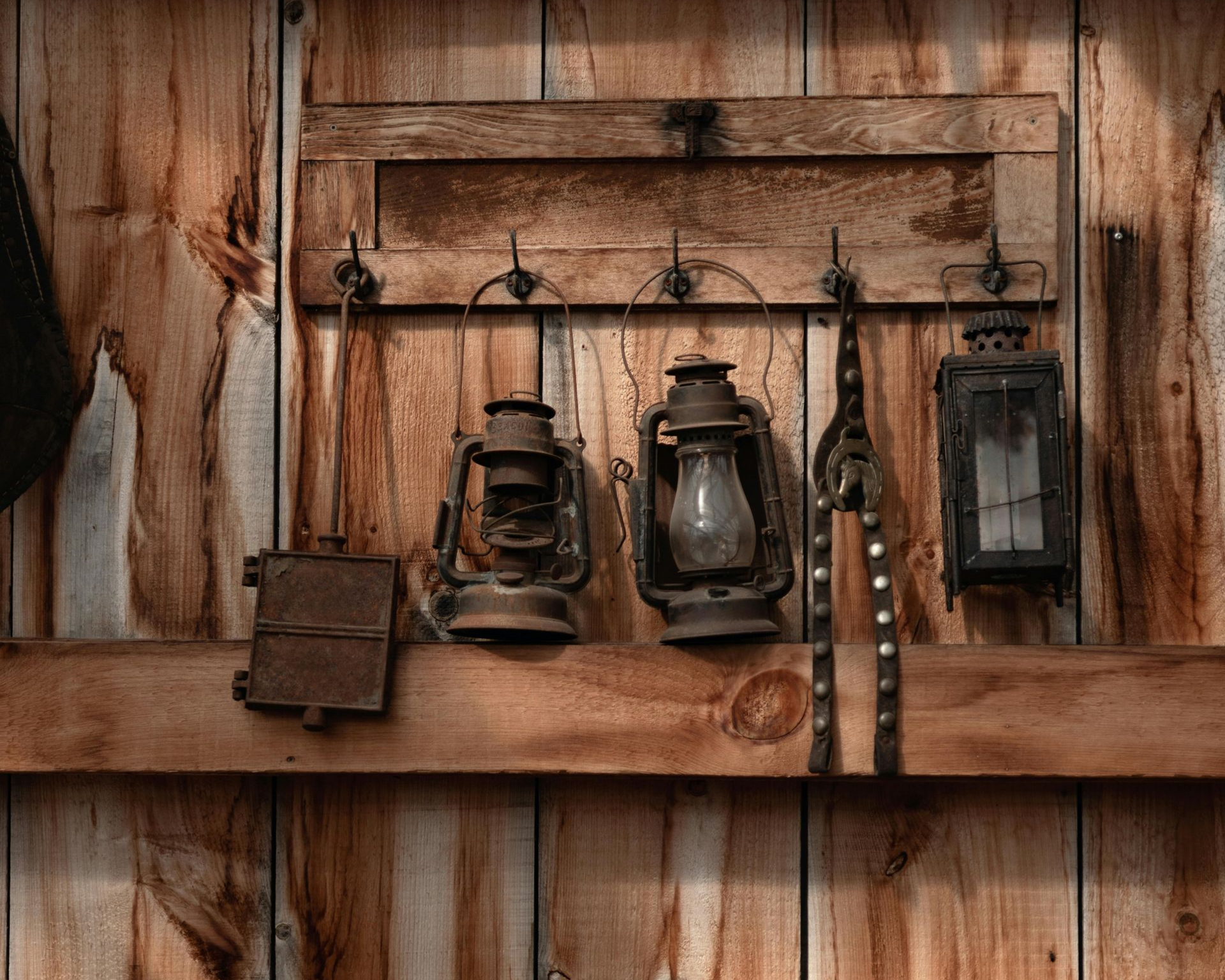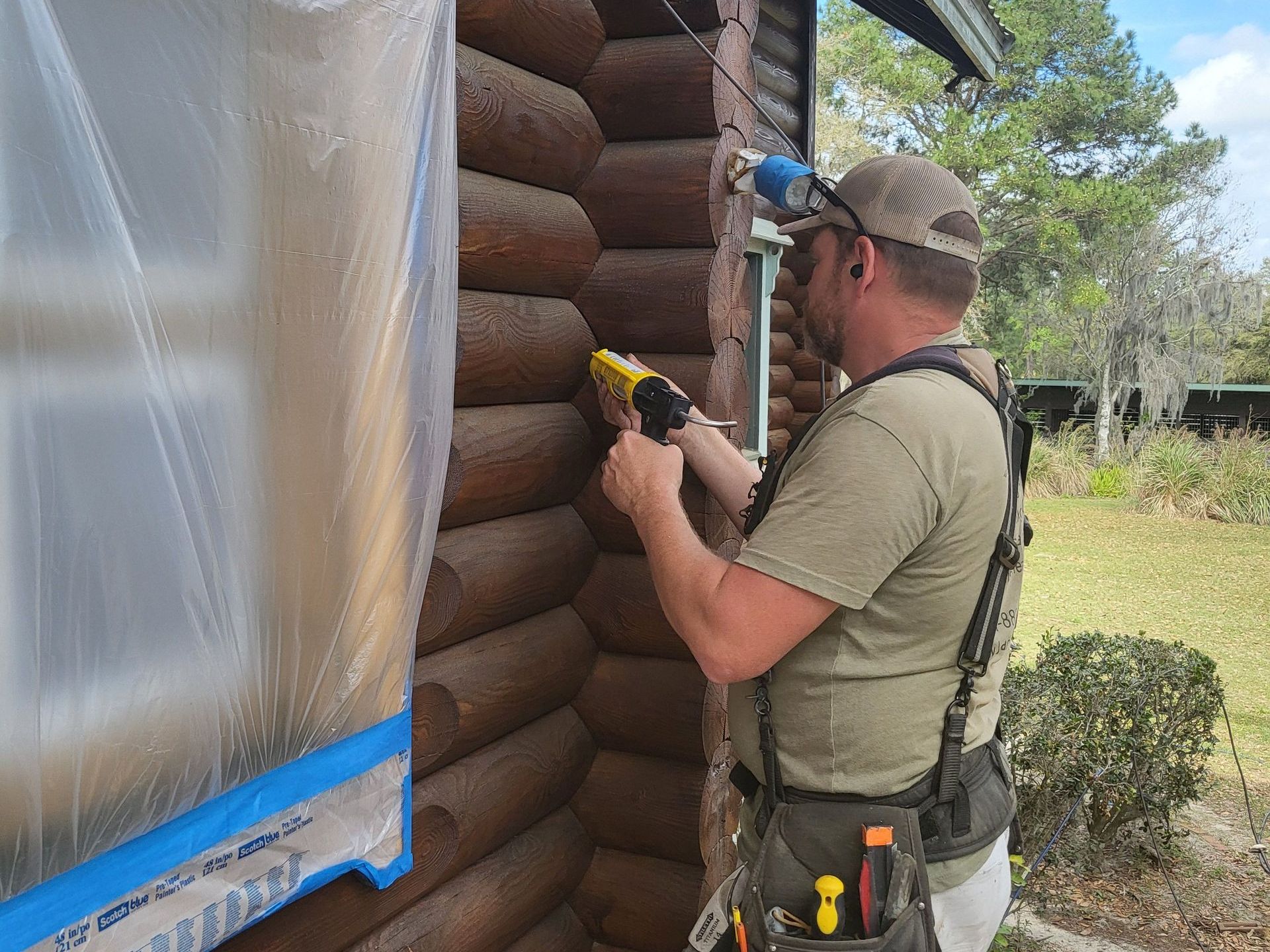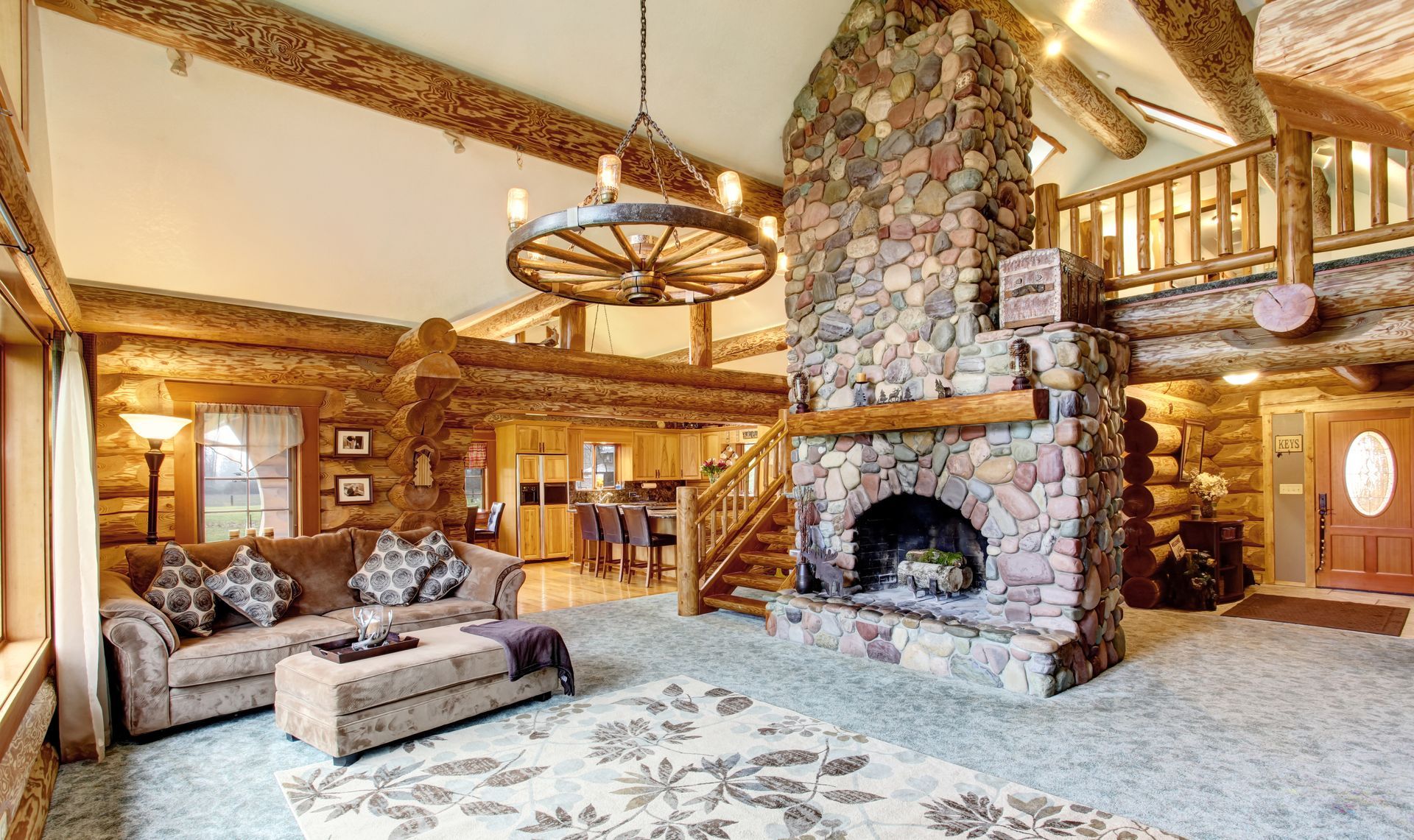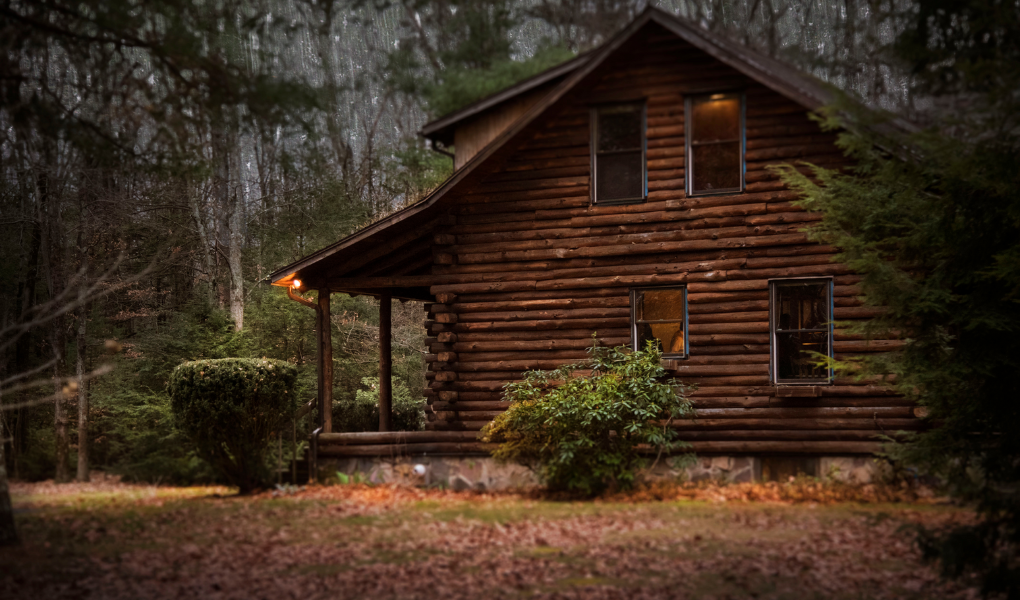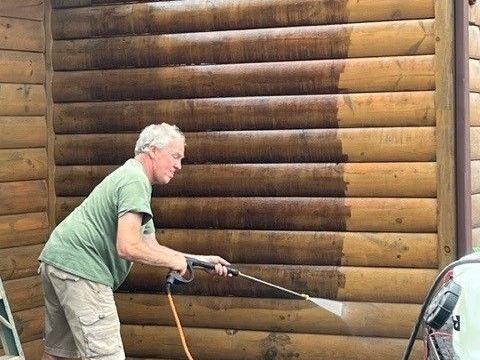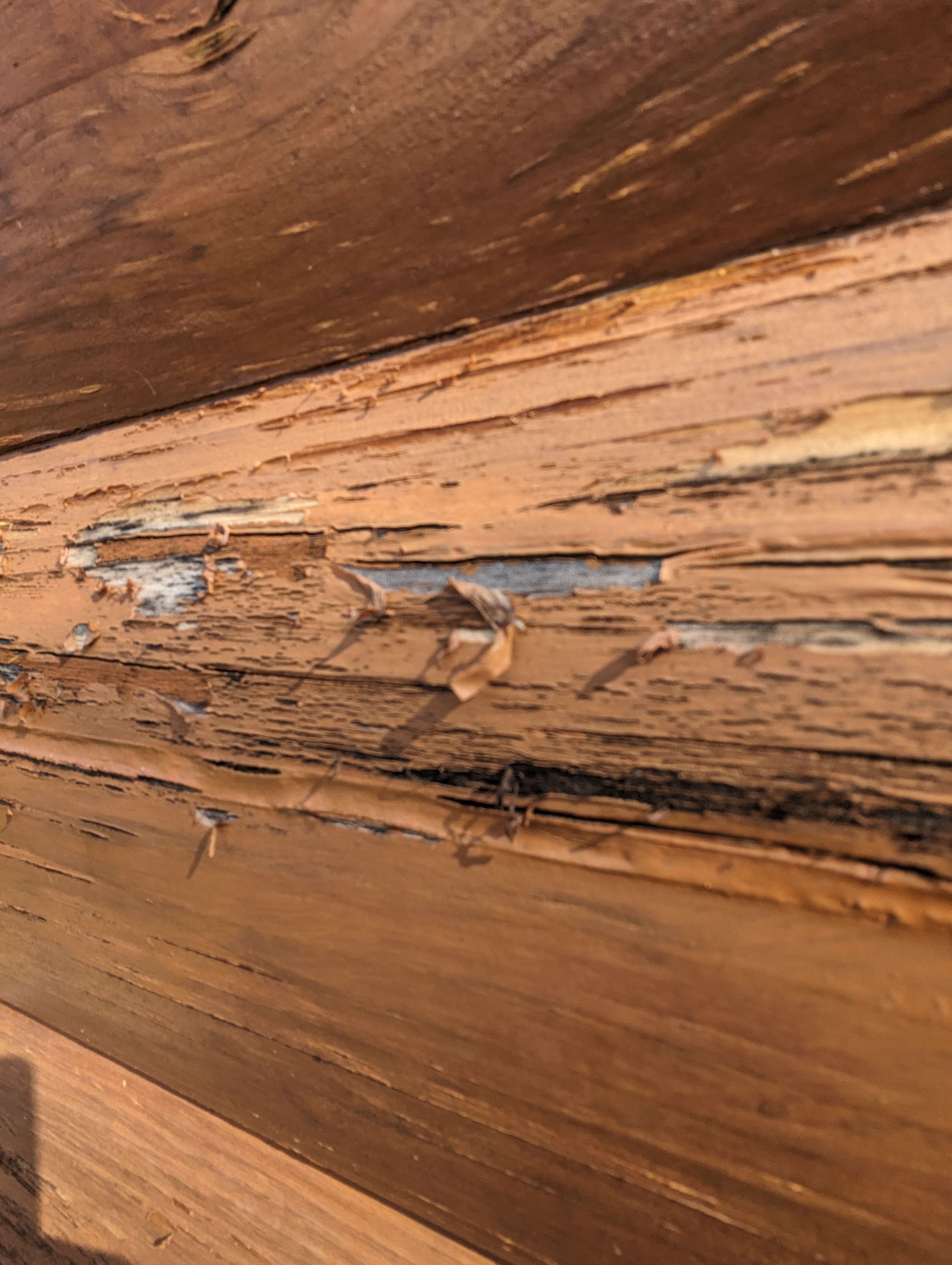The Science of Wood: How pH Levels Impact Your Log Cabin’s Longevity
When it comes to preserving your log cabin, you’ve probably heard about staining, sealing, and regular maintenance. But what if we told you there’s a less talked-about factor quietly working behind the scenes that can make or break the longevity of your logs? That factor is pH levels. Yes, the same concept you may remember from high school chemistry applies to your home sweet (log) home.
Understanding the science of wood’s pH is key to keeping your log cabin in tip-top shape. Not only does it affect the integrity of your wood, but it also influences how well the protective treatments you apply actually work. Don’t worry—we’re here to break it all down in a way that’s easy to grasp and, more importantly, actionable.
What Are pH Levels, and Why Do They Matter?
Put simply, pH measures how acidic or alkaline a substance is, on a scale of 0 to 14. A score of 7 is neutral, while anything below 7 is acidic, and above 7 is alkaline. When it comes to wood, most types naturally have a slightly acidic pH, ranging between 4 and 6.
Why does this matter for your log cabin? The pH levels of wood interact with the treatments and stains you apply, as well as the environment around your cabin. If the pH of the wood is off, it can lead to a host of problems like poor stain adhesion, faster decay, and reduced effectiveness of preservation efforts.
How pH Levels Affect Your Log Cabin
1. Stain Adhesion
The protective stains, sealants, and paints you use depend on the natural chemistry of wood to form a strong bond. However, if the pH level is too high or low, it can interfere with this process. For instance:
- Wood that is too alkaline may repel certain water- or oil-based stains, leading to uneven coverage.
- Overly acidic wood can accelerate the breakdown of certain coatings, reducing their lifespan.
2. Decay and Rot
One of the biggest enemies of log cabins is log rot, caused by moisture and harmful microorganisms. These decay agents thrive in specific pH ranges. If your logs have the right pH balance, it can create an unfavorable environment for fungi and bacteria.
3. Pest Defense
Pests like termites and carpenter bees are influenced by the chemistry of wood. Maintaining an optimal pH can make your logs less enticing to these invaders.
Testing Your Cabin’s pH Levels
Thankfully, testing the pH levels of your log cabin isn’t as daunting as it sounds. Here’s how you can do it:
- Purchase a pH Test Kit
You can find affordable pH test kits at hardware stores or online. These are typically designed for woodworkers and provide a good approximation of your logs’ pH levels. - Collect Samples
Lightly sand a small area of your log to collect fine wood dust. For larger cabins, take samples from multiple areas to account for variations. - Test the Samples
Follow the instructions on your pH kit to test the wood dust. Most kits require mixing the dust with a pH-reactive liquid and comparing the color it produces to a chart. - Assess the Results
Ideally, your logs should have a pH between 4 and 6. If the numbers are outside this range, it may indicate underlying issues or signal a need for treatment adjustments.
Maintaining Optimal pH Levels for Your Logs
If your test results show that the pH of your wood is less than ideal, don’t worry. There are steps you can take to correct the balance and extend the life of your log cabin.
1. Rinse with Mild Solutions
A vinegar-and-water solution can help neutralize overly alkaline logs, while a diluted baking soda mix can counteract excessive acidity.
2. Use Proper Cleaning Products
Avoid harsh chemicals that can disrupt your wood’s natural balance. Opt for log-specific cleaners with neutral pH formulations.
3. Correct Soil and Surroundings
The soil around your log cabin can change the wood’s chemistry over time. If your soil is too acidic or alkaline, it may affect the lower logs of your home. Consider landscaping modifications or use a moisture barrier to minimize contact.
4. Seal Regularly
A quality sealant helps lock in the wood’s natural pH, protecting it from external factors like rain, dirt, and pollution that may alter its chemistry.
Consequences of Ignoring pH Levels
Neglecting your logs’ pH balance doesn’t just affect the aesthetics of your cabin. It can create a ripple effect of issues that might cost you down the road:
- Protective stains and sealants may wear off prematurely, requiring more frequent (and costly) applications.
- Decay processes may accelerate, leading to structural damage that compromises the safety of your home.
- Pest infestations may become more common and harder to manage, as the wood becomes more appealing to invaders.
Simply put, paying attention to pH levels now can save you heaps of trouble later. It’s a small step with big payoffs when it comes to preserving your home.
Partner With Log & Timber Solutions for Expert Care
When it comes to the finer details of log cabin maintenance, like pH levels, having a knowledgeable partner can make all the difference. At Log & Timber Solutions, we offer comprehensive inspections and services to optimize the health and longevity of your log home. Whether you need pH testing, sealing, or overall maintenance, our team is here to help.
Don’t leave the science of wood to chance. Reach out to Log & Timber Solutions today and ensure your log cabin remains the sturdy, timeless home you’ve always dreamed of.
FAQs
What is the best way to maintain the pH balance of my log cabin’s wood?
The best way to maintain the pH balance of your log cabin’s wood is by using log-specific cleaning solutions with neutral pH formulations and regularly applying a high-quality sealant. Additionally, avoid using harsh chemicals that could upset the wood's natural pH and rinse the logs with mild solutions like vinegar and water to address alkalinity or a baking soda mix for acidity.
Can the surrounding environment affect my log cabin’s pH levels?
Yes, factors such as soil composition, rainwater acidity, and air pollution can influence the pH levels of your log cabin’s wood over time. For example, acidic soil may cause lower logs to become more acidic, while alkaline rainwater might impact untreated areas. Checking and addressing these external factors can help preserve your logs’ optimal condition.

